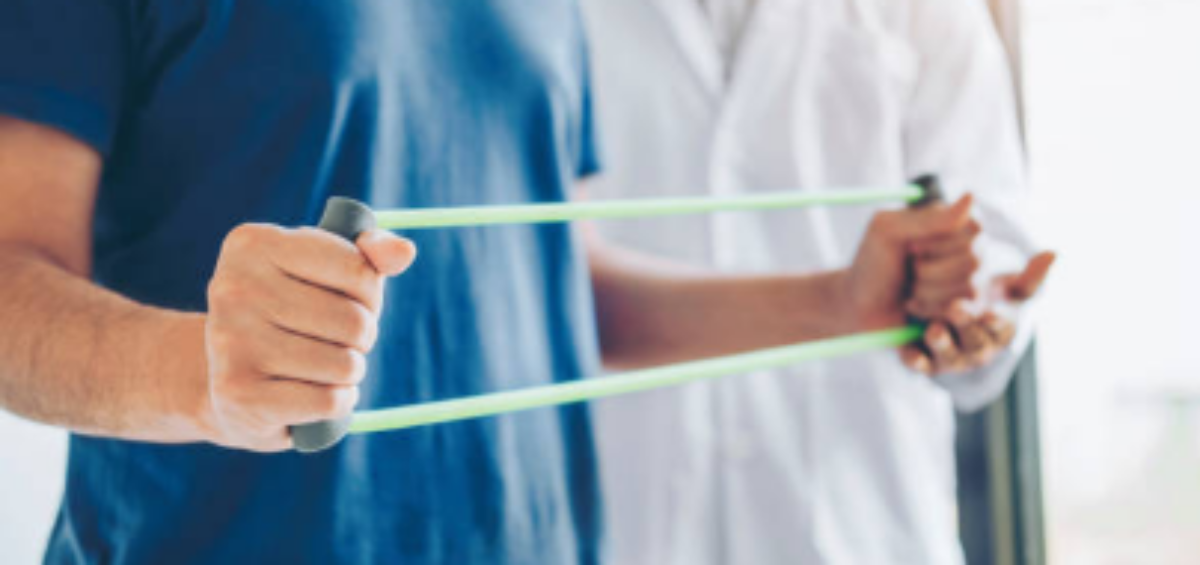Last year is behind us. But, many carried behaviors right into 2021 that are leading them to the doors of physical therapists. As part of National Physical Therapy Month in October, Theresa Bowers of Bowers Physical Therapy in Newtown hopes to change that pattern.
Bowers, a physical therapist for 36 years, is seeing the same problems this year that she did last year at her practice within Wrightstown Health & Fitness (WHF) in Newtown.
“Unfortunately, things haven’t changed that much since last year in terms of how the pandemic has affected us,” said Bowers of the conditions she’s been treating. “So, people still need the message that they just need to move more,” she said.
If you are guilty of the following three behaviors, you could soon wind up with aches and pains too.
1. The make-do
If you are doing office or school work from a couch, bed, kitchen table, or elsewhere without a desk, consider yourself on borrowed time. And when it catches up to you, you’ll wish you had made changes sooner.
Many still don’t have a workplace setup in their home, even though they’ve been working remotely since the pandemic started, Bowers said. That is leading to a lot of pain in the neck, back, and shoulders, she said. Adults aren’t the only ones at risk. Remote learners, some as young as ten years old, have ended up in her care too because of neck pain.
If your home has become your office, make sure you set up a workspace, position your body correctly while working, and take breaks, Bowers advised. “Even if people just got up and walked more, they would be better off,” she said.
Logging on from home won’t pave a path to pain if you follow these tips on ChoosePT.com.
2. The jump right in
People are returning to gyms in droves nationwide. As of May, gym traffic was 83% of January 2020 levels, CNBC reported. Injuries are resulting for some, who are not easing back into activities carefully. Bowers said people who haven’t been active are forgetting “they are not as strong or flexible as they were pre-pandemic.” High school athletes jumping back into sports after missing a year are also having issues, she said.
The benefit of being located in WHF is it enables Bowers to not only treat patients but collaborate with other on-site fitness and wellness professionals in their care. Personal training, acupuncture, nutrition, chiropractic care, and massage are among the services provided at the facility. “I also have access to the entire gym and the gym equipment for those patients it’s appropriate for,” Bowers said.
3. The FOMO
If your fear of missing out on something is keeping you hunched over your cell phone or other electronic devices, it could become a pain in the neck – literally. Some call it “cell phone neck” or “tech or text neck.” If you want to avoid it, Bowers said, “People need to learn to hold their cell phones up in front of their faces.”


